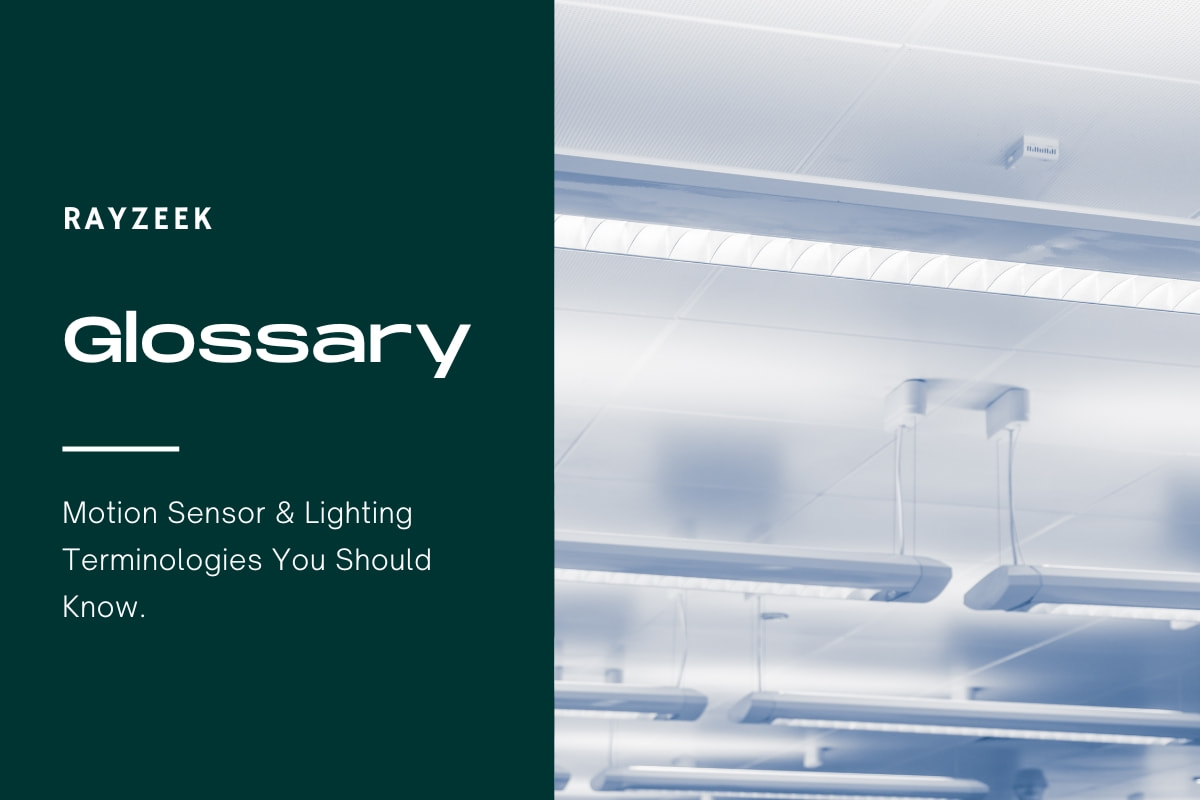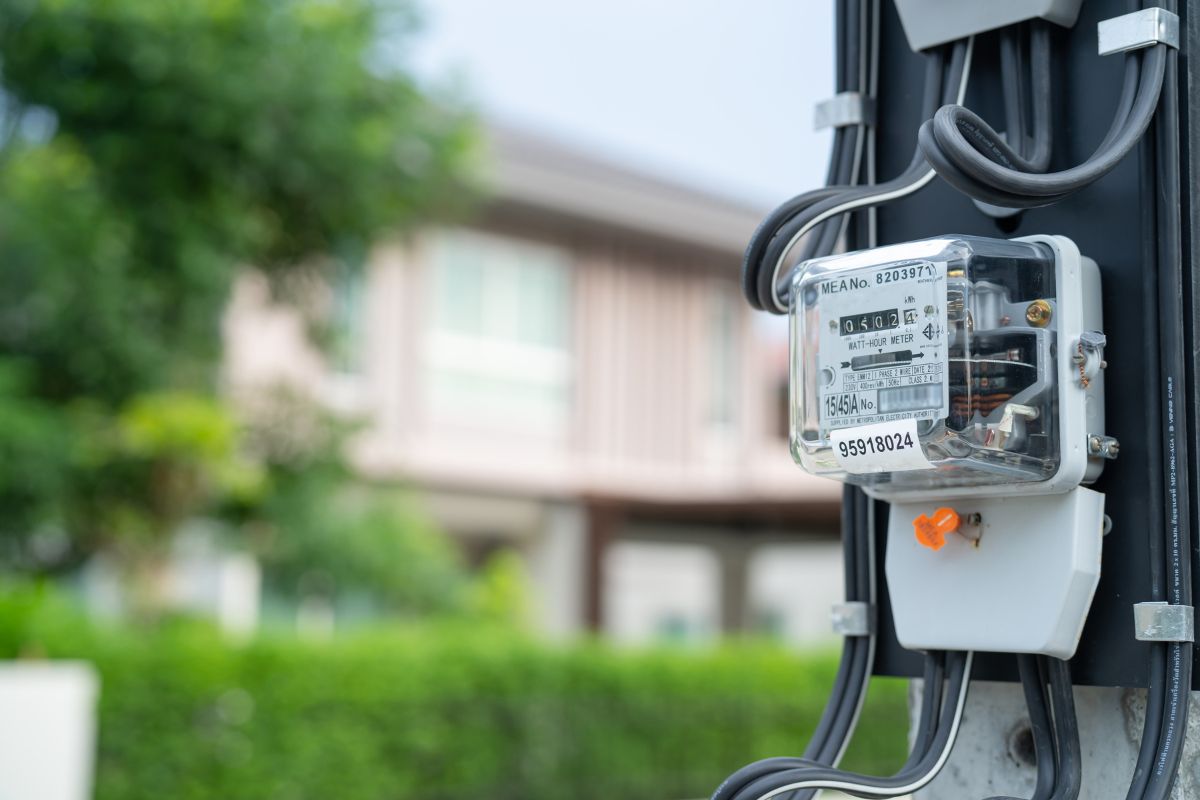Co je přenos
V kontextu osvětlení se přenosem rozumí pohyb světelných vln materiálem bez výrazné absorpce nebo odrazu. Popisuje interakci světla s objekty. Když světlo směřuje k objektu, může být buď odraženo, pohlceno, nebo přeneseno.
Inspirujte se portfoliem pohybových senzorů Rayzeek.
Nenašli jste to, co jste chtěli? Nebojte se. Vždy existují alternativní způsoby řešení vašich problémů. Možná vám pomůže některé z našich portfolií.
K přenosu dochází, když světelné vlny procházejí materiálem a šíří se dál na druhé straně. To znamená, že materiál umožňuje průchod světla, aniž by bylo výrazně pohlceno nebo odraženo. Jinými slovy, materiál je průhledný nebo průsvitné na konkrétní vlnové délky přenášeného světla.
Úroveň propustnosti se může lišit v závislosti na vlastnostech materiálu a vlnové délce světla. Různé materiály mají různou úroveň průhlednosti nebo průsvitnosti pro různé vlnové délky světla. Například sklo je často vysoce průhledné pro viditelné světlo, což mu umožňuje účinně propouštět světlo, zatímco některé plasty mohou být průsvitnější.
Hledáte řešení úspory energie aktivované pohybem?
Obraťte se na nás pro kompletní PIR senzory pohybu, produkty pro úsporu energie aktivované pohybem, spínače se senzorem pohybu a komerční řešení pro detekci přítomnosti/volnosti.
Při navrhování svítidla nebo svítidla, je důležité vzít v úvahu přenosové vlastnosti materiálů použitých na kryty nebo difuzory. Materiály s vysokou propustností propouštějí více světla, což má za následek vyšší světelný výkon a účinnost. Na druhou stranu materiály s nízkou propustností mohou vyžadovat dodatečná opatření, jako jsou reflexní nátěry nebo nátěry s nízkou propustností. difuzory, optimalizovat rozložení světla a omezit oslnění.
Často kladené otázky
Proč dochází k přenosu světla
K přenosu světla dochází při interakci světelného paprsku s průhledným objektem, který světlo propouští. K tomu dochází proto, že materiál je průsvitný a umožňuje světlu procházet skrz něj. Světlo, které je vlněním, se stává viditelným pro lidské oko, když se odráží a pohlcuje v reálném čase.
Co je to přenos a lom světla
K lomu světla dochází, když se světlo při průchodu různými médii ohýbá v důsledku změny jeho rychlosti. Na druhou stranu se přenos světla týká procesu, kdy světlo prochází materiálem, aniž by bylo pohlceno.
Rozsvítí se kontrolka, pokud je špatná převodovka
Ano, pokud se vyskytnou problémy s převodovkou, může se aktivovat kontrolka kontrolního motoru. Řídicí modul motoru (ECM), který je hlavním počítačem ve vozidle, komunikuje s různými snímači a sleduje celkové fungování systému. V případě, že snímače převodovky zjistí problém, ECM rozsvítí kontrolku kontrolního motoru.
Co jsou tři přenosy světla
Při interakci s objektem může být světlo přenášeno, pohlcováno nebo odráženo.
Je přenos stejný jako odraz
Přenos znamená pohyb elektromagnetického záření prostředím, zatímco odraz zahrnuje zpětný odraz elektromagnetického záření buď na hranici mezi dvěma prostředími (povrchový odraz), nebo uvnitř prostředí (objemový odraz).
Co rozhoduje o tom, zda je světlo propouštěno nebo odráženo?
Každá hmota má svou specifickou frekvenci, na které vibrují její elektrony. Pokud se frekvence doplňují, světlo je pohlcováno. Pokud se však frekvence vzájemně nedoplňují, světlo se buď odráží, nebo propouští.
Vidíme vysílané nebo odražené světlo
Světlo, které vidíme, je procházející světlo a má oranžovou barvu. Důvodem, proč mají barevné předměty svůj specifický vzhled, je přítomnost odraženého světla. Když sluneční světlo osvětluje zelený list, absorbuje fialové, červené a oranžové vlnové délky, zatímco odražené vlnové délky mu dodávají zelený vzhled.
Co znamená 12% přenos světla?
Propustnost vizuálního světla, známá také jako VLT, označuje procento viditelného světla, které může projít čočkou. V případě čočky s VLT 12% to znamená, že pouze 12% světla může projít, zatímco zbývajících 88% je blokováno.









